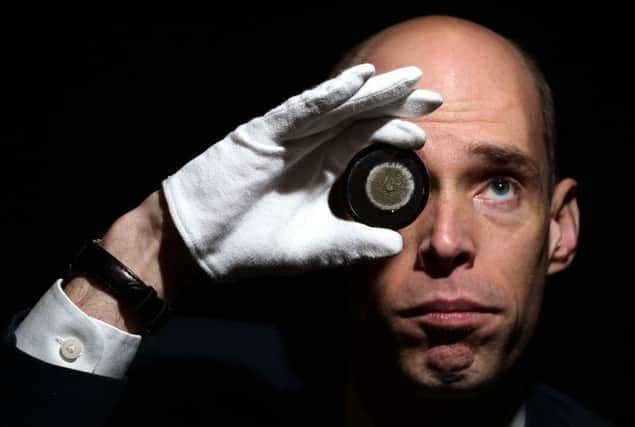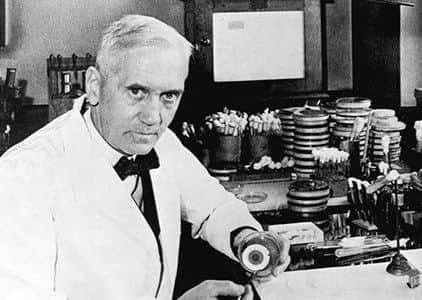Why Charles Darwin escaped to Ilkley after writing the Origin of Species


The class cards list Darwin’s chosen subjects during his year as a medical student at the University of Edinburgh in 1825.
It is among the objects featured in the Directory Of Collections by the university’s head of special collections Joseph Marshall.
Advertisement
Hide AdAdvertisement
Hide AdThe book is both a guide to the university’s vast collections and an opportunity to share its “beautiful and surprising objects”.


The cards and a first edition of Darwin’s classic text The Origin Of Species were brought out for a brief viewing at the university to celebrate the launch of the book.
After Darwin finished his controversial publication in 1859 he headed to Ilkley, in West Yorkshire, for rest and recuperation.
Also on display was Fleming’s petri dish - used to culture cells - which holds a sample of mould that enabled him to discover the antibiotic power of penicillin, for which he shared a Nobel Prize in 1945.
Advertisement
Hide AdAdvertisement
Hide AdThe artefact was presented to the university to commemorate his time as rector in 1951.


Mr Marshall said: “The university holds thousands of precious objects, which are used for teaching, research and by the wider community.
“As well as providing an overview of the breath and variety of our collections, the book serves as a lasting record of the university’s rich holdings.”
The book also features a baroque guitar, dated 1650, which was made by noted instrument maker Pietro Railich in Venice.
Advertisement
Hide AdAdvertisement
Hide AdThe back, neck and sides of the instrument are covered with detailed geometric patterns.
A range of art items are also detailed in the directory, including Pablo Picasso’s Going To The Fair.
Created when he was 19, it is one of only seven pre-1906 works by Picasso in British public collections.